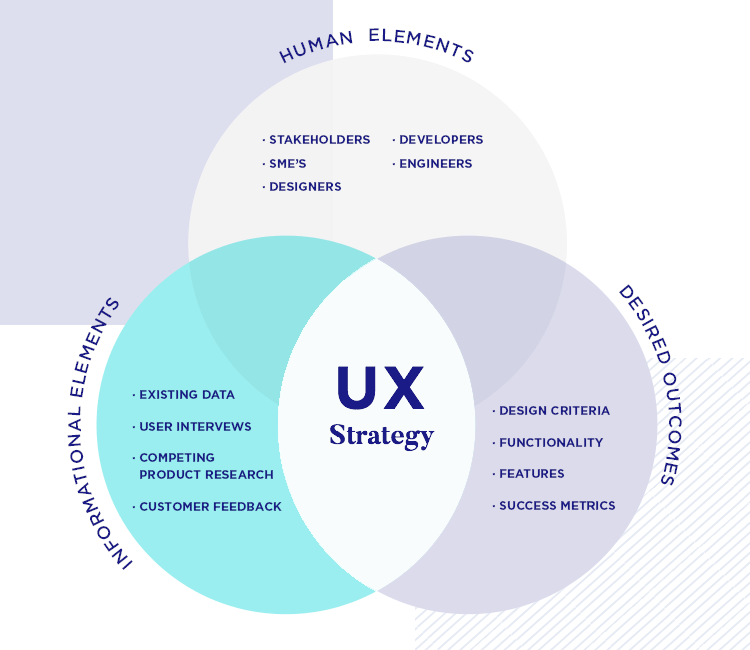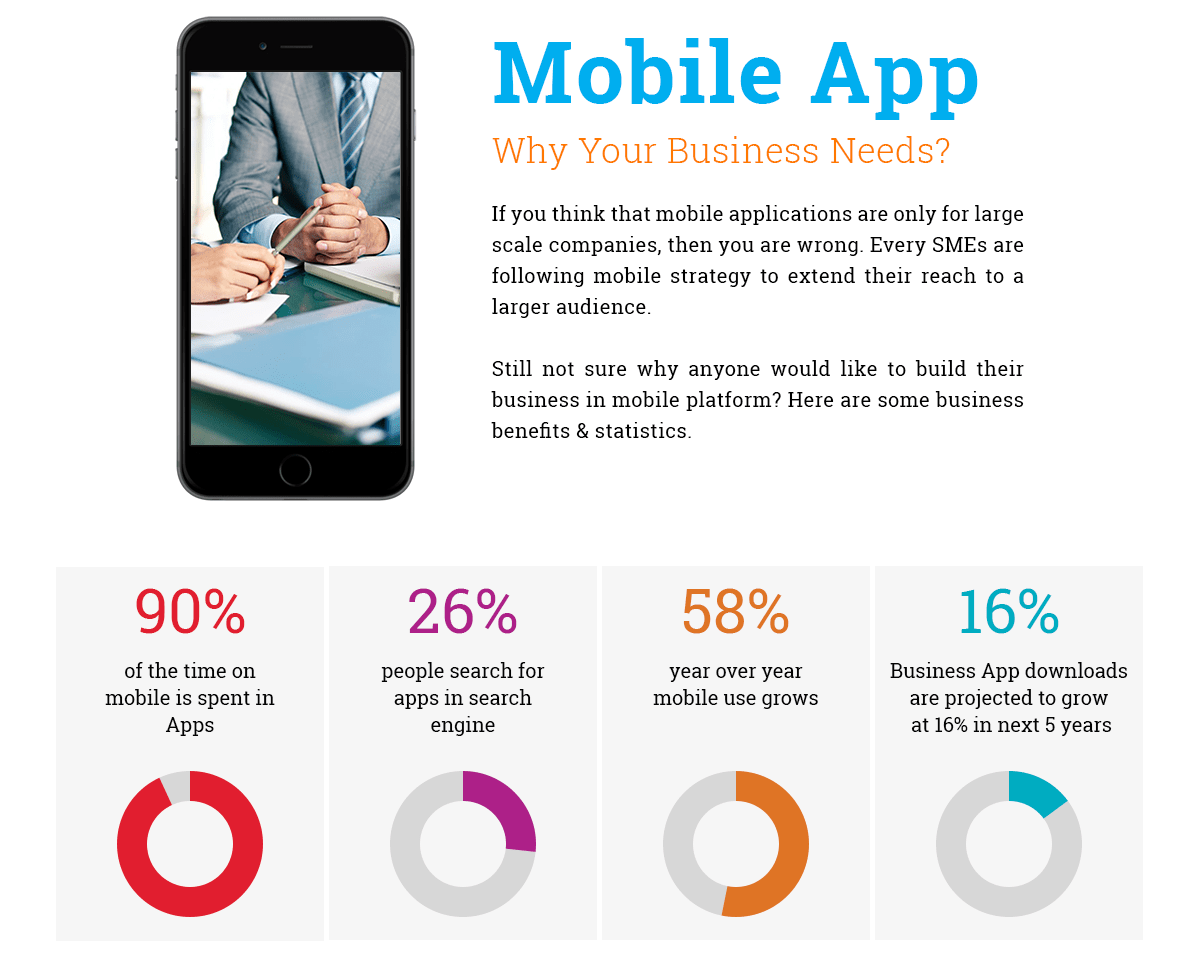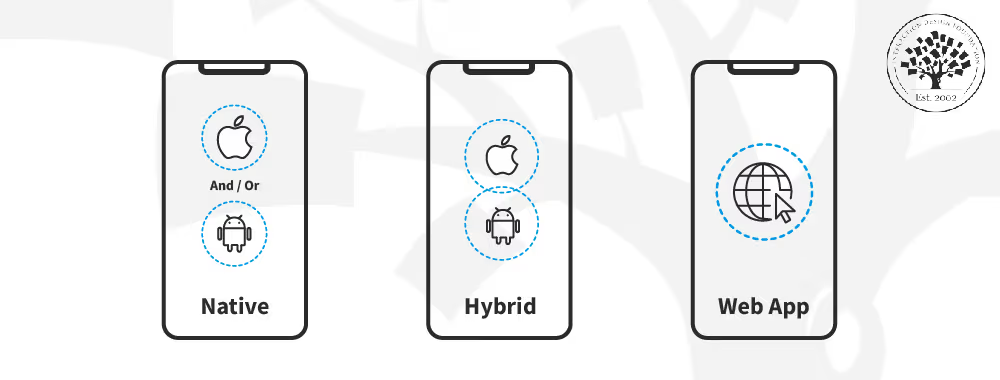Enterprise Resource Planning (ERP) is no longer confined to the private sector. Governments around the world are embracing ERP systems to streamline operations, increase transparency, and better serve citizens. This article dives deep into the positive impact of ERP for government agencies, reviews leading solutions, discusses potential drawbacks, and answers frequently asked questions. With expert insights, real reviews, and internal resources, this is your go-to guide for navigating ERP for the public sector.
“ERP is no longer a luxury. For governments, it’s a necessity to meet modern expectations of efficiency, data visibility, and accountability.”
— Tamer Badr, Owner of Singleclic, ERP & Government Solutions Expert
What Is ERP for Government?
ERP for government is a centralized software solution that integrates core functions like budgeting, procurement, human resources, citizen services, and compliance into one unified platform. Unlike siloed legacy systems, ERP provides real-time data sharing, process automation, and cross-departmental visibility.
These systems are tailored for public sector workflows and compliance requirements, offering tools to manage public funds, payrolls, and regulatory audits — all while improving service delivery.
Why ERP Matters for the Public Sector
Governments operate under tight scrutiny and tighter budgets. Manual processes, data silos, and outdated tools cause:
- Delays in public service delivery
- Lack of financial transparency
- Inconsistent citizen experiences
- Poor inter-agency collaboration
Implementing ERP helps solve these problems by:
- Automating repetitive processes
- Enhancing interdepartmental data visibility
- Ensuring policy and legal compliance
- Offering better planning and decision-making tools
People Are Always Asking: Why Is ERP Important for Government?
ERP systems are not just about tech — they’re about trust. Citizens demand transparency, efficiency, and fairness from public services. ERP platforms enable governments to meet these expectations.
Some common questions from agencies include:
- “Can ERP reduce administrative overhead?”
- “Will it improve our budgeting accuracy?”
- “Is it too complex for our staff to manage?”
The short answer: Yes, ERP can simplify complexity. And no, it doesn’t have to be overwhelming when deployed correctly with the right partner.
According to Tamer Badr,
“We’ve seen local governments cut costs by up to 35% within the first year of ERP deployment, while improving transparency and citizen trust.”
Top ERP Solutions for Government Use
Here are the most trusted ERP solutions tailored for government entities. Each offers strengths and some limitations.
1. Oracle Cloud ERP
Strengths:
- Scalable cloud infrastructure
- Deep financial management tools
- Highly customizable
Drawbacks:
- High implementation cost
- Requires trained staff or external consultants
Ideal For: National and regional governments with complex structures.
2. SAP S/4HANA for Public Sector
Strengths:
- Strong analytics and AI features
- Industry-proven compliance tools
- Secure and scalable
Drawbacks:
- Long implementation time
- Expensive licensing fees
Ideal For: Government agencies with large-scale operations and compliance demands.
3. Microsoft Dynamics 365
Strengths:
- Familiar user interface (integrates with Office 365)
- Custom modules for grants and case management
- Strong partner network
Drawbacks:
- Limited features for smaller municipalities
- May need third-party integrations for full compliance
Ideal For: Mid-sized government entities and departments.
4. Unit4 ERP for Public Sector
Strengths:
- Built for people-centric organizations like municipalities
- Modern user interface
- Great HR and finance functionality
Drawbacks:
- Less customizable than SAP or Oracle
- Smaller support community
Ideal For: Local governments, NGOs, and universities.
5. Singleclic Government ERP Suite
Strengths:
- Tailored specifically for government entities
- Quick deployment cycles
- End-to-end modules for finance, HR, and citizen services
- Localized compliance support
Drawbacks:
- May lack brand recognition compared to giants like SAP
- Ideal mostly for small to mid-sized agencies
“At Singleclic, we focus on making ERP human-centered. Government staff shouldn’t need IT degrees to run essential services,” says Tamer Badr.
Ideal For: Developing governments, municipalities, and ministries seeking agile, budget-friendly ERP deployment.
Key Benefits of Government ERP Systems
- Improved Budgeting Accuracy: Real-time financial data means fewer budget overruns.
- Faster Procurement Cycles: Streamlined vendor management reduces delays.
- Regulatory Compliance: Built-in checks reduce legal risks.
- Citizen Service Portals: Front-end platforms allow for self-service access.
- Inter-Agency Collaboration: No more emailing Excel sheets between departments.
Common Challenges and How to Overcome Them
| Challenge | Mitigation Strategy |
| Resistance to Change | Offer hands-on training and involve end-users in design. |
| Upfront Costs | Choose modular, cloud-based ERP to pay as you grow. |
| Data Migration | Partner with experts to ensure smooth legacy data transfer. |
| Security Concerns | Opt for platforms with government-grade encryption. |
| Complex Customization Needs | Use providers that offer public-sector-specific modules, like Singleclic. |
ERP Implementation Best Practices for Government
- Conduct a Readiness Assessment
Analyze current systems, identify gaps, and define clear goals. - Choose the Right Partner
Don’t just pick a vendor — choose a long-term implementation partner with government experience. - Start Small, Scale Fast
Launch in one department, gather feedback, then expand across the agency. - Train Your Team
A great ERP system is useless without user adoption. Invest in ongoing training. - Monitor and Iterate
Use performance metrics to refine processes post-deployment.
Real-World Impact: Case Review
Case: Local Government in North Africa
Partnered with Singleclic for full ERP deployment.
- Reduced invoice processing time by 65%
- Enabled online tax payments for citizens
- Achieved ISO-compliant documentation workflow
“We didn’t just digitize paperwork. We changed how our citizens interact with us,” said the agency’s CTO.
FAQs About ERP for Government
Q1: Is ERP suitable for small municipalities?
Yes. Many providers, especially Singleclic and Microsoft Dynamics, offer solutions tailored for smaller agencies with limited IT staff.
Q2: How long does implementation take?
Depending on scope, from 6 months to 2 years. Smaller rollouts can be done in phases for quicker results.
Q3: What is the ROI timeline?
Most agencies report tangible ROI within 12–18 months, particularly in financial management and HR efficiency.
Q4: Can ERP integrate with legacy systems?
Modern ERP platforms offer APIs and middleware to connect with existing government software.
Q5: Is cloud-based ERP secure enough for governments?
Yes, if you choose platforms with proper certifications like ISO 27001, FedRAMP, or equivalent.
Final Thoughts
ERP for government is not just an IT upgrade — it’s a transformation in how services are delivered, citizens are engaged, and funds are managed. The right ERP system offers speed, transparency, and scalability. But it’s not without challenges.
As Tamer Badr puts it:
“Governments can no longer afford outdated systems. ERP isn’t just about tech; it’s about trust, governance, and the future of public service.”
To explore tailored solutions for your agency, visit:
👉 ERP Services at Singleclic
👉 Government Solutions by Singleclic
Reviews from the Field
⭐⭐⭐⭐⭐ — “Revolutionized our HR operations.”
Municipality in West Africa
⭐⭐⭐⭐ — “Smooth transition and excellent support.”
Regional Treasury Department, Middle East
⭐⭐⭐ — “Took time to learn, but worth the investment.”
Local Health Department, Eastern Europe
By prioritizing ERP systems now, governments prepare themselves for a more responsive, citizen-first future. The time for modernization is now — and ERP is the tool to make it real.







